Abishek Sriramulu
Scalable Transformer for High Dimensional Multivariate Time Series Forecasting
Aug 08, 2024



Abstract:Deep models for Multivariate Time Series (MTS) forecasting have recently demonstrated significant success. Channel-dependent models capture complex dependencies that channel-independent models cannot capture. However, the number of channels in real-world applications outpaces the capabilities of existing channel-dependent models, and contrary to common expectations, some models underperform the channel-independent models in handling high-dimensional data, which raises questions about the performance of channel-dependent models. To address this, our study first investigates the reasons behind the suboptimal performance of these channel-dependent models on high-dimensional MTS data. Our analysis reveals that two primary issues lie in the introduced noise from unrelated series that increases the difficulty of capturing the crucial inter-channel dependencies, and challenges in training strategies due to high-dimensional data. To address these issues, we propose STHD, the Scalable Transformer for High-Dimensional Multivariate Time Series Forecasting. STHD has three components: a) Relation Matrix Sparsity that limits the noise introduced and alleviates the memory issue; b) ReIndex applied as a training strategy to enable a more flexible batch size setting and increase the diversity of training data; and c) Transformer that handles 2-D inputs and captures channel dependencies. These components jointly enable STHD to manage the high-dimensional MTS while maintaining computational feasibility. Furthermore, experimental results show STHD's considerable improvement on three high-dimensional datasets: Crime-Chicago, Wiki-People, and Traffic. The source code and dataset are publicly available https://github.com/xinzzzhou/ScalableTransformer4HighDimensionMTSF.git.
DeepHGNN: Study of Graph Neural Network based Forecasting Methods for Hierarchically Related Multivariate Time Series
May 29, 2024Abstract:Graph Neural Networks (GNN) have gained significant traction in the forecasting domain, especially for their capacity to simultaneously account for intra-series temporal correlations and inter-series relationships. This paper introduces a novel Hierarchical GNN (DeepHGNN) framework, explicitly designed for forecasting in complex hierarchical structures. The uniqueness of DeepHGNN lies in its innovative graph-based hierarchical interpolation and an end-to-end reconciliation mechanism. This approach ensures forecast accuracy and coherence across various hierarchical levels while sharing signals across them, addressing a key challenge in hierarchical forecasting. A critical insight in hierarchical time series is the variance in forecastability across levels, with upper levels typically presenting more predictable components. DeepHGNN capitalizes on this insight by pooling and leveraging knowledge from all hierarchy levels, thereby enhancing the overall forecast accuracy. Our comprehensive evaluation set against several state-of-the-art models confirm the superior performance of DeepHGNN. This research not only demonstrates DeepHGNN's effectiveness in achieving significantly improved forecast accuracy but also contributes to the understanding of graph-based methods in hierarchical time series forecasting.
Context Neural Networks: A Scalable Multivariate Model for Time Series Forecasting
May 12, 2024



Abstract:Real-world time series often exhibit complex interdependencies that cannot be captured in isolation. Global models that model past data from multiple related time series globally while producing series-specific forecasts locally are now common. However, their forecasts for each individual series remain isolated, failing to account for the current state of its neighbouring series. Multivariate models like multivariate attention and graph neural networks can explicitly incorporate inter-series information, thus addressing the shortcomings of global models. However, these techniques exhibit quadratic complexity per timestep, limiting scalability. This paper introduces the Context Neural Network, an efficient linear complexity approach for augmenting time series models with relevant contextual insights from neighbouring time series without significant computational overhead. The proposed method enriches predictive models by providing the target series with real-time information from its neighbours, addressing the limitations of global models, yet remaining computationally tractable for large datasets.
Adaptive Dependency Learning Graph Neural Networks
Dec 06, 2023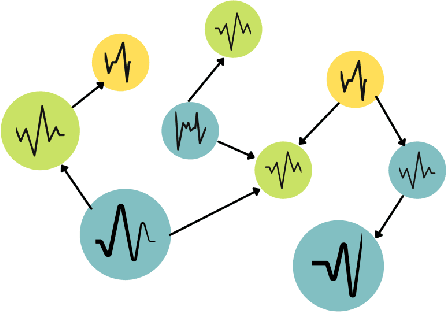
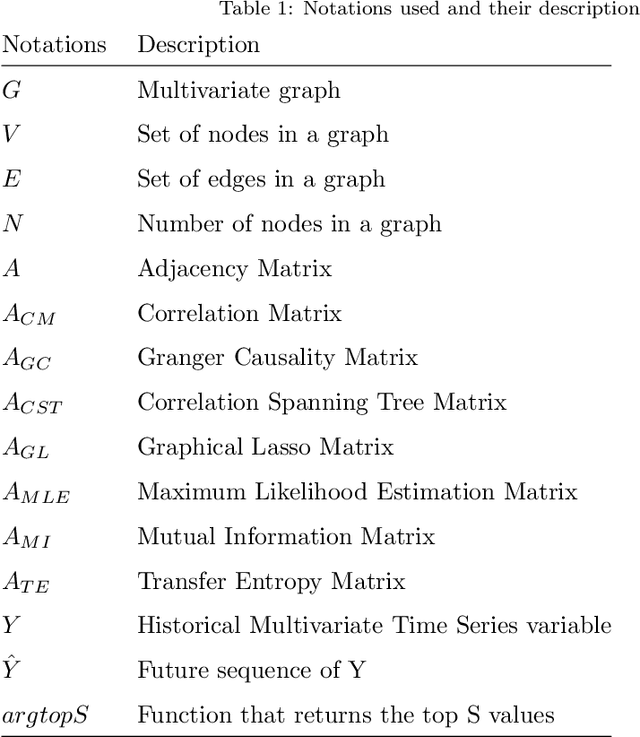
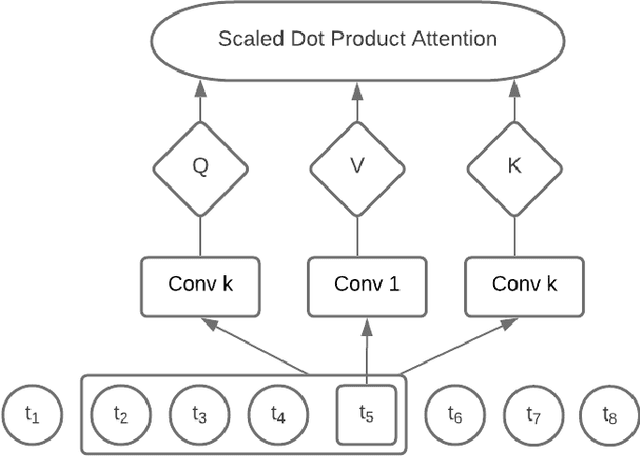

Abstract:Graph Neural Networks (GNN) have recently gained popularity in the forecasting domain due to their ability to model complex spatial and temporal patterns in tasks such as traffic forecasting and region-based demand forecasting. Most of these methods require a predefined graph as input, whereas in real-life multivariate time series problems, a well-predefined dependency graph rarely exists. This requirement makes it harder for GNNs to be utilised widely for multivariate forecasting problems in other domains such as retail or energy. In this paper, we propose a hybrid approach combining neural networks and statistical structure learning models to self-learn the dependencies and construct a dynamically changing dependency graph from multivariate data aiming to enable the use of GNNs for multivariate forecasting even when a well-defined graph does not exist. The statistical structure modeling in conjunction with neural networks provides a well-principled and efficient approach by bringing in causal semantics to determine dependencies among the series. Finally, we demonstrate significantly improved performance using our proposed approach on real-world benchmark datasets without a pre-defined dependency graph.
Comparison and Evaluation of Methods for a Predict+Optimize Problem in Renewable Energy
Dec 21, 2022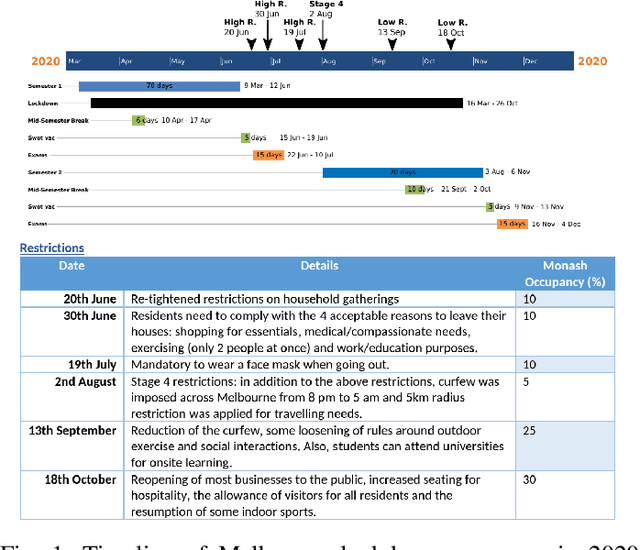
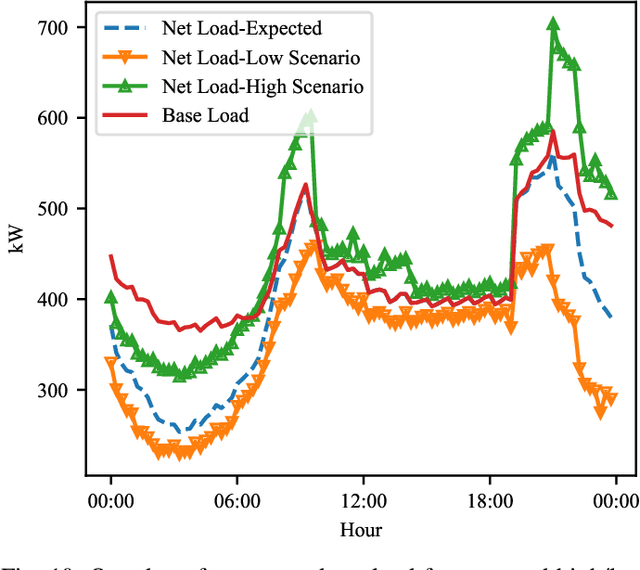
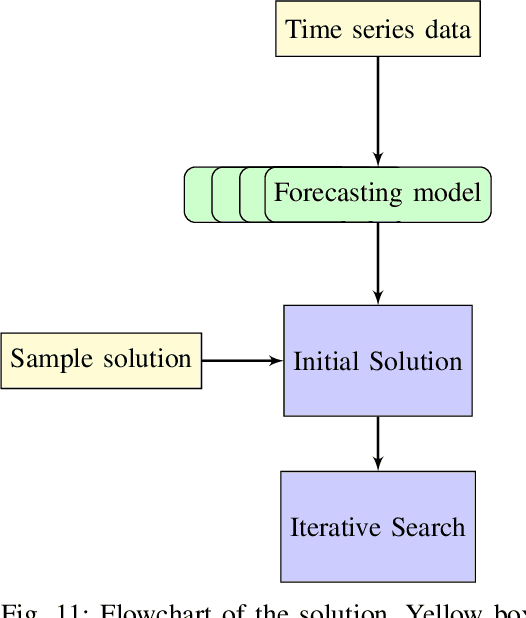
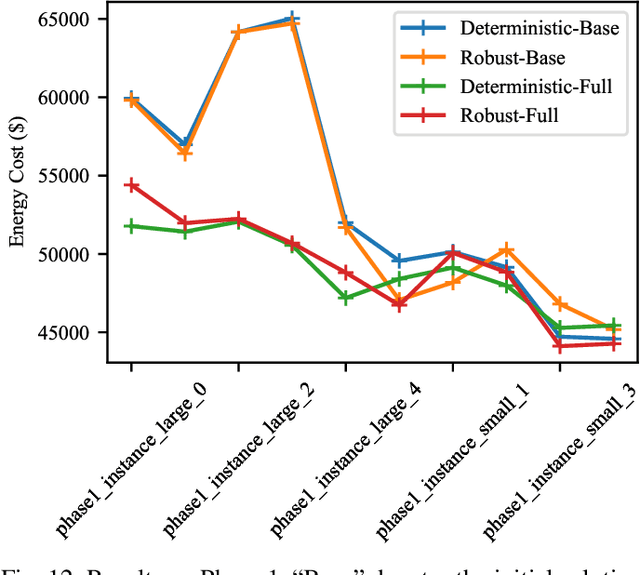
Abstract:Algorithms that involve both forecasting and optimization are at the core of solutions to many difficult real-world problems, such as in supply chains (inventory optimization), traffic, and in the transition towards carbon-free energy generation in battery/load/production scheduling in sustainable energy systems. Typically, in these scenarios we want to solve an optimization problem that depends on unknown future values, which therefore need to be forecast. As both forecasting and optimization are difficult problems in their own right, relatively few research has been done in this area. This paper presents the findings of the ``IEEE-CIS Technical Challenge on Predict+Optimize for Renewable Energy Scheduling," held in 2021. We present a comparison and evaluation of the seven highest-ranked solutions in the competition, to provide researchers with a benchmark problem and to establish the state of the art for this benchmark, with the aim to foster and facilitate research in this area. The competition used data from the Monash Microgrid, as well as weather data and energy market data. It then focused on two main challenges: forecasting renewable energy production and demand, and obtaining an optimal schedule for the activities (lectures) and on-site batteries that lead to the lowest cost of energy. The most accurate forecasts were obtained by gradient-boosted tree and random forest models, and optimization was mostly performed using mixed integer linear and quadratic programming. The winning method predicted different scenarios and optimized over all scenarios jointly using a sample average approximation method.
 Add to Chrome
Add to Chrome Add to Firefox
Add to Firefox Add to Edge
Add to Edge